Bulgaria
Bulgaria is
- roughly 60kmx250km
- a member of the EU & Schengen,
- borders on Greece, Turkey, Rumania, Serbia & North Macedonia and the Black Sea.
- not yet using the Euro: currency is the Bulgarian lev (BGN), 1 lev = 0.5€)
- Language: Bulgarian, written in the Bulgarian Cyrillic alphabet
Black Sea Coast
The coastline is 378 km long, with 209 beaches. BROCHURE
Wine & Cuisine
Bulgaria is famous for its wine. The oldest sort is called Mavrud, local sorts include “Wide Melnik Vine”, “Cabernet Sauvignon” and “Merlot”, grown in the Struma river valley.
Every meal on the Bulgarian table is a collection of fresh seasonal products and scents coming from the garden or the mountain - most of them are cooked in pottery on low temperatures.

Culture & Architecture
cultural monuments of UNESCO.
- Boyana Church (exquisite wall-paintings),
- Madara Rider (Europes largest rock-relief),
- Tomb of Kazanlak (monument of Thracian culture),
- Rock-Hewn Churches of Ivanovo
- Thracian Tomb in Sveshtari
- Rila Monastery,
- Old town of Nessebar…
Countryside
Mountains, Farmland & Coastline:
Vistosha, Rila, Pirin and the Rhodope mountains, and near them the impressive shape of the Balkan Range.
Bulgaria - Overview
We'll probably arrive from the romanian Black Sea coast, and return home afterwards, probably via Parndorf (near Vienna): the obvious return route is via Belgrade (Serbia), but unless we get a titer-test for Josie, we'll have to detour to avoid leaving the EU (eg via Timisoara), adding 90 minutes to the journey (but little distance).

Bulgarian Road-Trip
This map shows our road-trip, entering Bulgaria from the Romanian Black Sea coast:
- Bolata Bay & Cape Kaliakra (Wed 23.04)
- Provadia Ovech Fortress Крепост "Овеч" (Wed 22.04)
- Madara (80km, 1:15, Wed 22.04)
- Shumen (20km, 0:40, Wed 22.04-Fri 24.04)
- Sveshtari (178km, 2:35, 26.04)
- Ruse (26.04)
- Basarbova Stone Monastry & Rock-Hewn Churches of Inanovo (27.04)
- Veliko Tarnovo (164km, 2:06, 27.04)
- Sliven (109km, 1:30, 27.04-30.04)
- Nessebar (144km, 2:55, 30.04)
- Sozopol (58km, 1:20, 30.04)
- Plovdiv (282km, 2:54, 01.05-04.05)
- Sofia (116km, 1:43, Sun 04.05)
- Belogradchik Fortress 180km, 2:57, Mon 05.05-06.05) & Venetsa Cave
- Magura Cave (24km, 0:29) Closed due to Power Cut :-(
- left Bulgaria to Timisoara, Romania (6hrs), then to Jeruzalem, Slovenia (6hrs) for 2 nights before returning to Germany, arriving back on the evening of the 10th May.
Sights
Just some of the amazing sights from 6000 years of human activity...

Cape Kaliakra (1)
Kaliakra (Bulgarian: Калиакра) is a cape which ends with a long and narrow headland with a medieval fortress , 60 kilometres (37 mi) northeast of Varna.
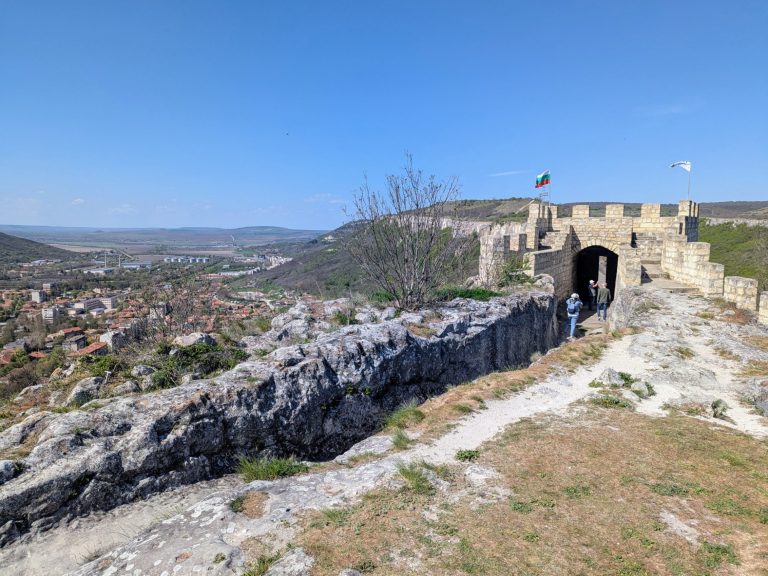
Ovech Fortress (2)
3rd century fortress in Provadia. Provadia is the site of Solnitsata, Europe's oldest prehistoric town. Excavations on city walls that started in 2005 reveal a town that dates back to between 4,700 BC and 4,200 BC.[2] It is believed to have been the site of salt trading.[2]

Madara Rider or Madara Horseman (3)
The Madara Rider or Madara Horseman[1] (Bulgarian: Мадарски конник, Madarski konnik) is a large early medieval rock relief carved on the Madara Plateau east of Shumen in northeastern Bulgaria, near the village of Madara.
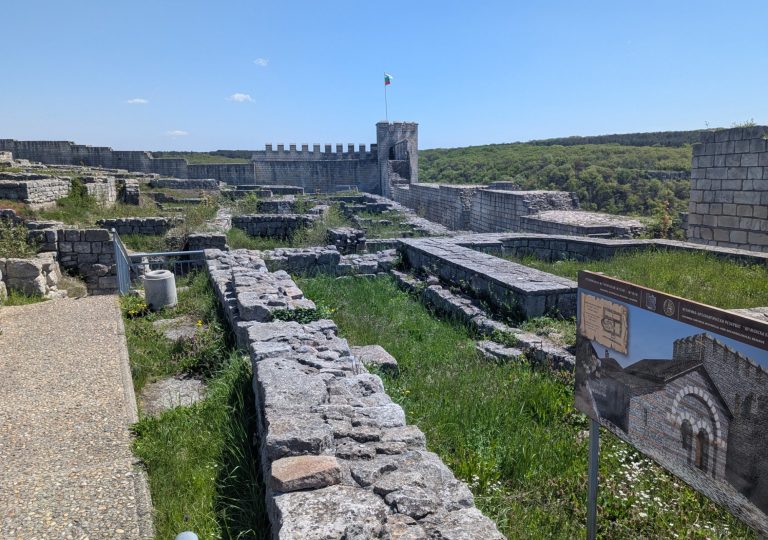
Shumen (4)
Shumen Fortress, above the town of Shumen was inhabited continuously from roughly 1300BC until 1440AD, covering 6 epochs: Thracian, Greek, Roman, 1st & 2nd Bulgarian, Ottomen, and remnants from all epochs are displayed in the fortress museum.
Also in Shumen is a large concrete monument to the founders fo Bulgaria.

Thracian Tomb of Sveshtari (5)
Discovered in 1982 near the village of Sveshtari, this 3rd-century BC Thracian tomb reflects the fundamental structural principles of Thracian cult buildings. The tomb has a unique architectural decor, with polychrome half-human, half-plant caryatids and painted murals. The 10 female figures carved in high relief on the walls of the central chamber and the decoration of the lunette in its vault are the only examples of this type found so far in the Thracian lands.
Unfortunately we weren't allowed to take fotos in the tomb.

Veliko Tarnovo (6)
historic city in the central-north of Bulgaria notable for its medieval ruins and its picturesque cityscape - it was built on the steep banks of the Yantra river as it snakes through the foothills of the Balkan Mountains. In the middle ages, Tarnovo was the capital of the Second Bulgarian Empire (1185-1396) and the partially restored ruins of the Tsarevets Fortress are the main sight of the city.
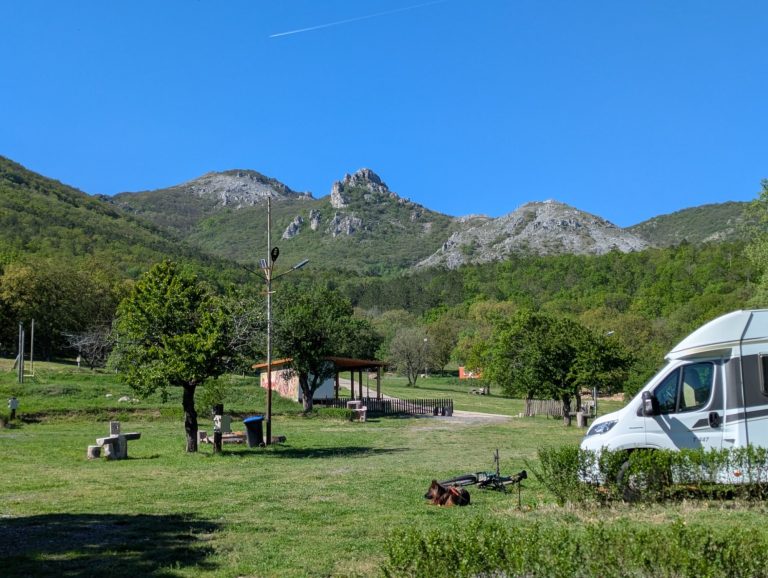
Sliven (7)
We stopped at the Oasis campsite in Sliven on the way from Veliko Tarnovo to Nessebar, and liked it so much we stayed 3 nights, relaxing and mountain biking in the lovely blue hills park.

Ancient City of Nessebar, Black Sea (8)
Situated on a rocky peninsula on the Black Sea, the more than 3,000-year-old site of Nessebar was originally a Thracian settlement (Menebria). At the beginning of the 6th century BC, the city became a Greek colony. The city’s remains, which date mostly from the Hellenistic period, include the acropolis, a temple of Apollo, an agora and a wall from the Thracian fortifications.

Sozopol, Black Sea (9)
Sozopol is one of the oldest towns on Bulgarian Thrace's Black Sea coast. The first settlement on the site dates back to the Bronze Age.

Plovdiv (10)
Second-largest city in Bulgaria, 144 km (93 miles) southeast of the capital Sofia, with two ancient theatres; remains of the medieval walls and towers; Ottoman baths and mosques; a well-preserved old quarter from the National Revival period with beautiful houses; churches; and narrow paved streets.. Plovdiv is a cultural hub in Bulgaria and was the European Capital of Culture in 1999 and 2019
Plovdiv Pictures

Sofia (11)
The lovely capital city of Bulgaria mixes ancient and modern, with Roman Ruins viewable inbetween and beneath many of the newer buildings.
It is situated in the Sofia Valley at the foot of the Vitosha mountain, west of the Iskar river and has many mineral springs, such as the Sofia Central Mineral Baths. It has a humid continental climate. Sofia has been an area of human habitation since at least 7000 BC.
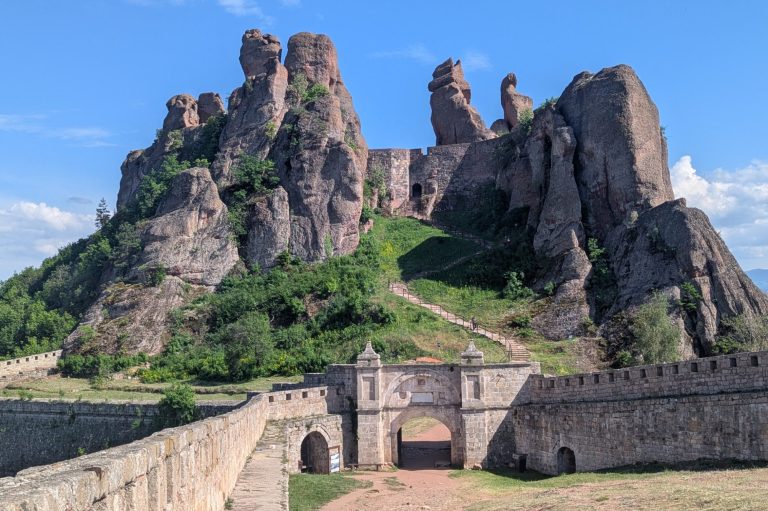
Belogradchik (12)
Built around natural rock towers, Belogradchik is probably one of the most impressive fortresses I've ever visited.
We stayed at the Bear Campsite, from where I cycled up to the Venetsa caves.

Basarbovo Monastery (7)
Basarbovo Monastery (Bulgarian: Басарбовски манастир) – the Monastery of Saint Dimitar Basarbowski – is a Bulgarian Orthodox cave monastery near the city of Ruse in north-eastern Bulgaria. It has the same name as the nearby village of Basarbovo and lies about 35 metres above the river Rusenski Lom, south of the Danube.
Although founded during the Second Bulgarian Empire, the oldest written mention of the monastery dates to the 15th century in an Ottoman tax register.

Ruse (8)
5th largest city in Bulgaria, on the right bank of the Danube, with a "Bridge of friendship" across the river to Romania.
Close to the Royal Threcian Tombs of Sveshtari, Basarbovo Monastry & Rock-Hewn Chruches of Isanovo.
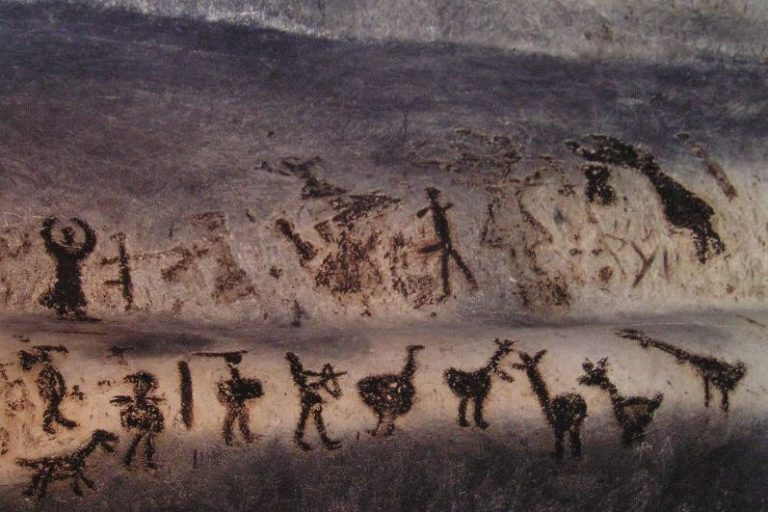
Magura Cave, Rabisha (14)
CLOSED due to power-cut... most famous for the neolithic/bronze-age cave paintings, which, for their protection are no longer open to the public :-( ...but still worth a visit for the over 2km of underground caverns.
25 km (16 mi) from the town of Belogradchik in Vidin Province.
